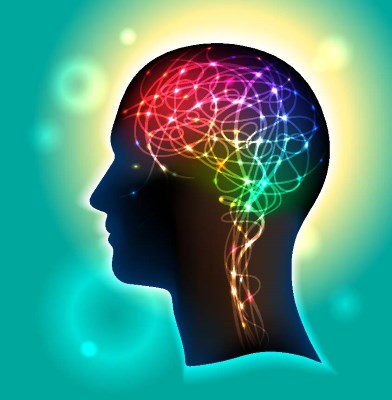Slide 1 of 4: Introduction

Author: Mallory Malkin
Press the Next button to start this activity
Slide 2 of 4: Phantom Limb Sensation
By exploring the "phantom limb" phenomenon, this video demonstrates that sensation is a property not only of the physical regions where we feel it but of our brains as well. Examining phantom sensations also reinforces the principle of brain plasticity: the brain's capacity for reorganization.
- Chapters
- descriptions off, selected
- captions settings, opens captions settings dialog
- captions off, selected
- English Captions
This is a modal window.
Beginning of dialog window. Escape will cancel and close the window.
End of dialog window.
This is a modal window. This modal can be closed by pressing the Escape key or activating the close button.
This is a modal window.
Phantom Limb Sensation
Narrator: Five years ago, Angela Button had a blood clot in her right arm that meant it had to be amputated. But Angela feels as though her lost hand is still there. She has what is known as a phantom limb.
Doctor: The phantom hand, just illustrate where it is.
Angela Button: My fingers feel probably I would say about there because my whole of my hand feels as if it is joined on to my stump.
Doctor: Patients with phantom limbs feel the experience. They have such reality that they often, in the early stages at least, will attempt to make use of them. And this is not surprising.
People with phantom legs will get out of bed and assume the leg is there, fall over. Patients, for instance, who have maybe an itch on their nose, will attempt to use their phantom limb to actually scratch it.
Angela, can I have just to look at the actual stones at the moment?
Angela Button: Yeah.
Doctor: And just test the extent to which you actually have sensations there and just tell me what you feel as it were. So if I'm touching there, what do you feel?
Angela Button: Movement in my thumb and my little finger.
Doctor: You're actually feeling it in your—
Angela Button: Feel it in my fingers.
Doctor: OK. That's interesting. Over to here. How's that?
Angela Button: My two—these two fingers are going.
Doctor: Movement?
Angela Button: Mm.
Doctor: You feel movement. OK.
Narrator: For Angela, the phantom is very real. Any physical contact with the end of her arm generates sensation in the missing hand. But it's not her arm that is generating the phantom. It's her brain.
Angela Button: Angela has not suffered any explicit demonstrable brain damage. So the brain area that represents the hand is still intact. And therefore, the idea would be that it would be capable of still representing an experience of that despite the fact in the hands isn't there.
Narrator: Your brain contains a map of your body. And it is here that nerve signals from the legs, the arms, the face are translated into sensations. Even though there are no signals from Angela's amputated limb, her brain continues to generate the sensation of having an arm. And in her case, something else has happened to the brain's body map.
Doctor: Let's try here. Just tell me what do you feel?
Angela Button: My little finger is moving.
Doctor: That.
Angela Button: Tingling in my little finger.
Doctor: Let's see down here now. Experience any sensations?
Angela Button: That's my thumb going.
Doctor: OK. Now if I combine those two—
Narrator: Touching Angela's face seems to create a vivid sensation in her phantom hand.
Doctor: As a result of the loss of the limb, the brain appears to restructure itself such that information that now comes from the face is actually related or linked to the hand area.
Narrator: With no incoming signals from her hand, to keep her hand area working, the activity in the neighboring face area spills over into this vacant territory. Touching Angela's face now triggers the hand area in her brain as well.
Slide 3 of 4: Check Your Understanding
Instructions:
Answer the questions based on the video and your reading of the chapter.
Slide 4 of 4: 1.1 Activity Completed!
Congratulations! You have completed this activity.